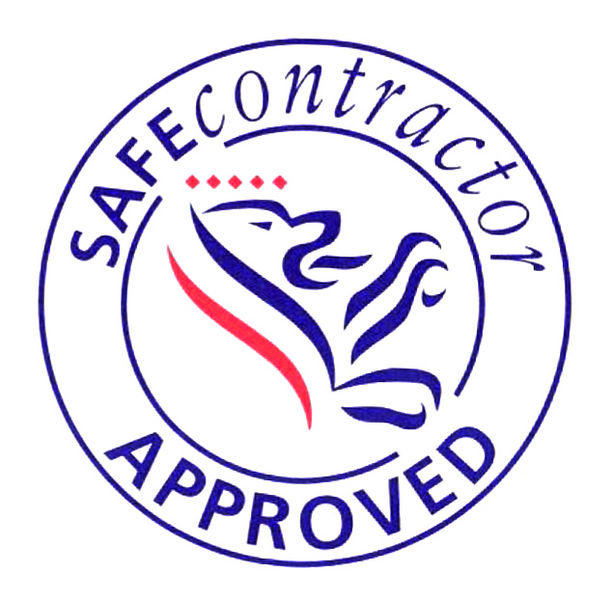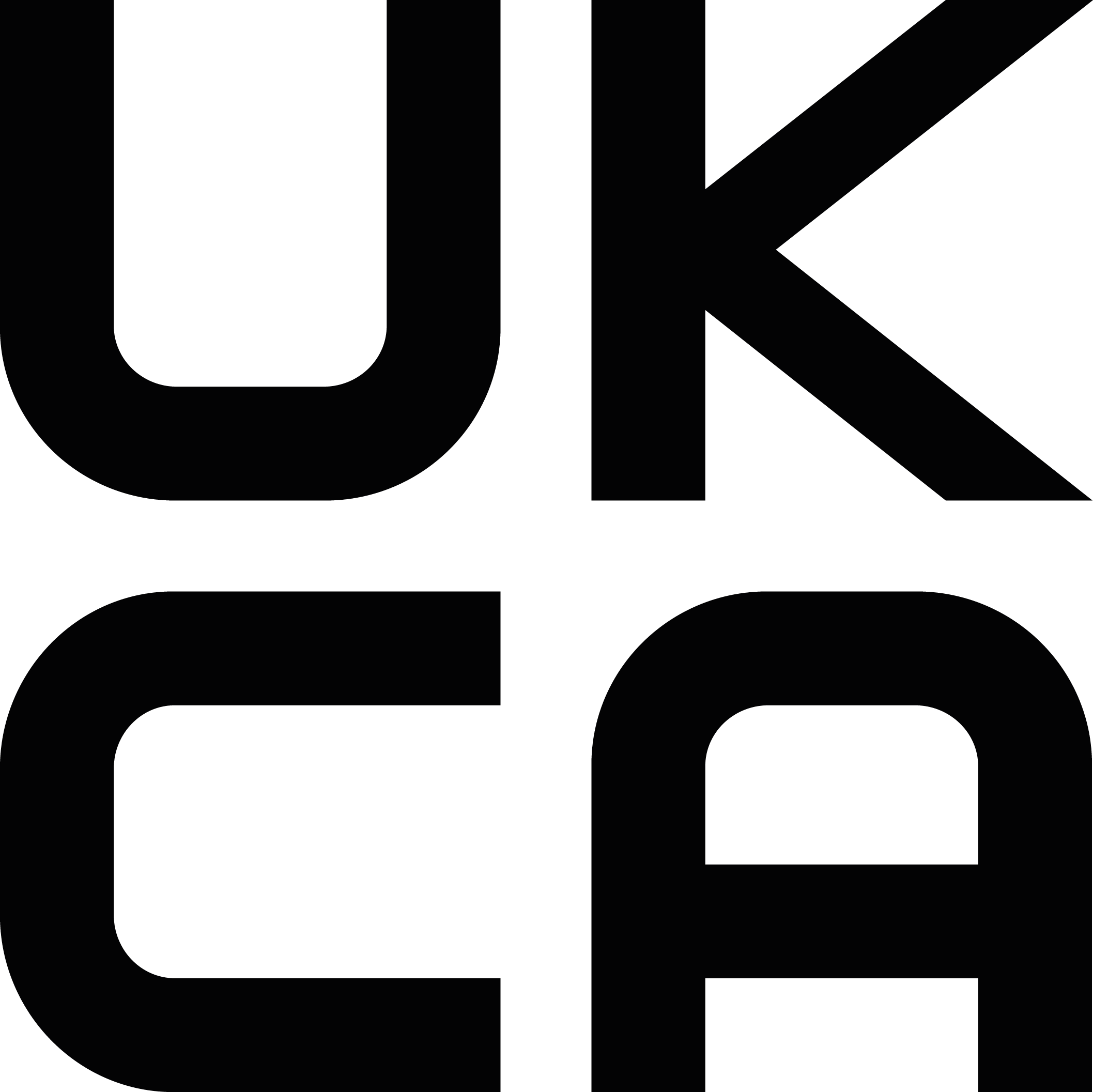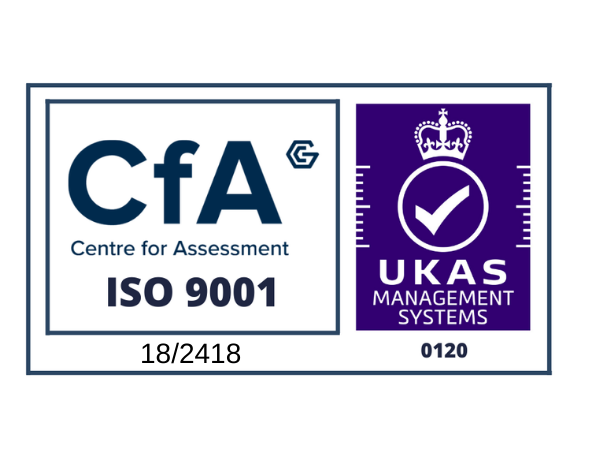Fire Escapes - Getting it right
Planning a new fire escape staircase isn't something you should do in a hurry. It's vital that you get the design and installation done correctly, as the safety of your employees or visitors is at risk.
Fire Safety Regulations
The majority of public buildings need to abide by the Regulatory Reform (Fire Safety) Order 2005. This applies to areas such as offices, retail units, restaurants, schools and hotels. The order states that those in charge of the business need to ensure that users of the building can safely exit in the event of a fire. If feasible, there should be more than one escape route and it should involve travelling as short a distance as possible. Any fire escape stairwell has to be available for use whenever the building is occupied and mustn't be obstructed in any way.
Planning a Fire Escape
It's important when you're installing a new fire escape or replacing an existing one that you get specialist advice. A company that's experienced in installing a range of different escape routes on a variety of buildings will be able to provide you with the expert knowledge you require. As Bradford fabricators, at Bradfabs we manufacture fire escapes in a number of designs and styles.
You need to consider carefully where the staircase will be positioned. It should be easy to access from upper floors and lead to a safe place at ground level. The route from the bottom of the staircase to the evacuation point needs to have no obstructions, including buildings and trees.
If it can be accommodated in the available space, a straight staircase is generally the preferred option as it's much safer for use in an emergency. If it's necessary to fit spiral or helical stairs, then these need to meet British Standards BS5395 and aren't practical for use by over 50 people.
Once the fire escape has been installed, you shouldn't just presume it will be safe to use in the event of a fire. It needs to be checked on a regular basis to ensure that all the steps and handrails are secure and in a useable condition. You should also look out for signs of rust and any structural issues.
For further information on fire safety regulations and any specific details for your area or type of building, you should speak with your local fire safety officer or building control team.
Have a look at our website which say a variety of different fire escape staircases you have can choose from www.bradfabs.co.uk or email sales@bradfabs.co.uk for further information
Planning a new fire escape staircase isn't something you should do in a hurry. It's vital that you get the design and installation done correctly, as the safety of your employees or visitors is at risk.
Fire Safety Regulations
The majority of public buildings need to abide by the Regulatory Reform (Fire Safety) Order 2005. This applies to areas such as offices, retail units, restaurants, schools and hotels. The order states that those in charge of the business need to ensure that users of the building can safely exit in the event of a fire. If feasible, there should be more than one escape route and it should involve travelling as short a distance as possible. Any fire escape stairwell has to be available for use whenever the building is occupied and mustn't be obstructed in any way.
Planning a Fire Escape
It's important when you're installing a new fire escape or replacing an existing one that you get specialist advice. A company that's experienced in installing a range of different escape routes on a variety of buildings will be able to provide you with the expert knowledge you require. As Bradford fabricators, at Bradfabs we manufacture fire escapes in a number of designs and styles.
You need to consider carefully where the staircase will be positioned. It should be easy to access from upper floors and lead to a safe place at ground level. The route from the bottom of the staircase to the evacuation point needs to have no obstructions, including buildings and trees.
If it can be accommodated in the available space, a straight staircase is generally the preferred option as it's much safer for use in an emergency. If it's necessary to fit spiral or helical stairs, then these need to meet British Standards BS5395 and aren't practical for use by over 50 people.
Once the fire escape has been installed, you shouldn't just presume it will be safe to use in the event of a fire. It needs to be checked on a regular basis to ensure that all the steps and handrails are secure and in a useable condition. You should also look out for signs of rust and any structural issues.
For further information on fire safety regulations and any specific details for your area or type of building, you should speak with your local fire safety officer or building control team.








